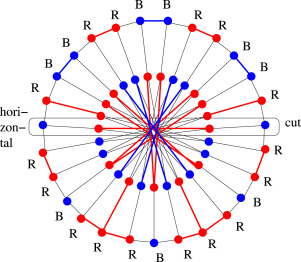

When a high load average is seen, a high "us" and "sy" value indicates high CPU usage, while a high "wa" value indicates high disk load. Wait states shows the system waiting to retrieve or write data to disk or memory. The highlighted line shows the resource usage and the most relevant ones are: An ET 50 of 11.5 minutes, for example, as shown in Figure 3, would mean that after 11. Once running, top will display an output like this (Yellow highlight added): ET 50 can be determined by graphing the number of disks floating over time, as shown in Figure 3. Log in to the command line and issue the command: # top

In order to determine if the CPU or disk is causing the high load, the "top" command on the command line will be able to show more information. Each graph is based on one of the available Amazon EC2 metrics. View performance directly from an Azure virtual machine scale set. However, as mentioned before, high load can be caused by disk usage due to logging and reporting generating disk IO load. A dual core system with a load average of 10 (8 higher than the number of cores) is being taxed the average should show if this is just a spike (in which case it's OK) or a continuous load. For example, a dual core system with a load average of 0.5 doesn't have any processes waiting and is handling everything with no delays. In a weighted unit-disk graph with connectivity radius r, vertices. The Average disk space used went above 2TB after I changed in config.yaml to 3TB. If the load average is at the same number of cores or close, then the system is doing fine. Perhaps the most interesting of their results concerns the weighted unit-disk graphs. It looks like even if 3.5TB is recognized as valid capacity in the CLI and I god ingress traffic up to 3.5TB, it is not recognized in config.yaml and my The Average disk space used got stuck with the initial value. The MST is a subgraph of a given unit disk graph which contains all the nodes, is connected and whose sum of edge lengths is minimized. The rule of thumb is that if the load average is consistently significantly higher than the number of cores in the system, the system can be stressed for resources.
AVERAGE DISK GRAPH PLUS
Those numbers are the average sum of the number of processes waiting in the run-queue, plus the number currently executing, over 1, 5, and 15-minute time periods.Ī more detailed explanation can be found here: The System load average warning level of this monitor will send three numbers. Often disk load is the main reason for high load average due to web filter logging and reporting database index creation. This means that a high load does not necessarily mean that the CPU is busy. The load average is an abstract value and uses CPU load, memory load and disk load to create the load average number. It is not just a measure of CPU load but rather an abstract that tries to give a general insight into how well the system is coping with the workload. The load average graph on the Summary page shows an abstract representation of the system workload ( Processor section), see our help topic, About the summary report. The dashboard page is dynamic and will change when the load does.

The load average is shown on both the dashboard page and on the Summary Report under the Processor section. This information can be very useful not only to understand how resources are being utilized but to troubleshoot many problems as well.An insight into interpretation of the Load average graph and metrics on the Smoothwall.

Wrapping things upĪs you can see the Performance tab provides great information on how your computer's hardware is performing with easy to understand graphs and important system and hardware details. If multiple disks are available for the device and you have selected to show All Disksin the Select Disklist, you can select the disk(s) you want to display in the report body graph data.
AVERAGE DISK GRAPH BLUETOOTH
You will see additional information in the Bluetooth section when you connect your phone or another device, and you begin transferring data. The average disk utilization percentage across all sample data for this time period. The reason is that this is actually a network adapter, and it's not meant for peripherals like speakers, keyboard, and mouse. In the Performance tab, you'll also notice that there is a Bluetooth section, which is probably showing as "Not connected," even though you have connected a Bluetooth device to your computer.


 0 kommentar(er)
0 kommentar(er)
